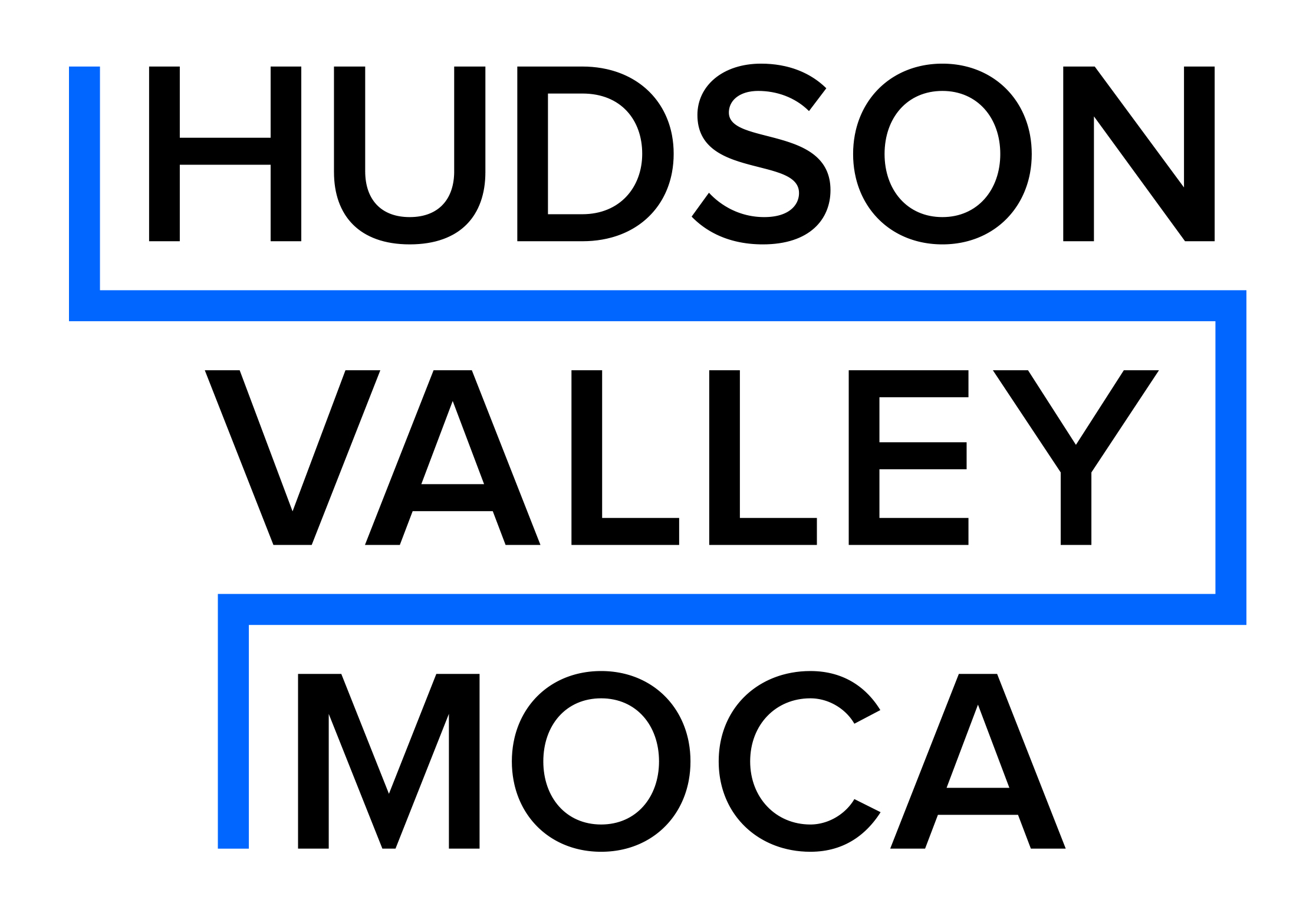Norbert Schwontkowski, Ende der Welt, 2005
Ende der Welt, 2005. Oil on Canvas. 40.5 x 60 inches
Norbert Schwontkowski
German, born 1949, died 2013
Ende der Welt, 2005
Norbert Schwontkowski challenges artistic categorization; his work falls between abstraction, realistic representation, and cartoon. He created his paints from hand-ground pigments mixed with various materials to yield a multitude of textures. Schwontkowski also added metal oxides to the pigments, creating shimmering surfaces that continue to change over time. His palette of pale earth tones, blacks and grays creates a muted, subdued atmosphere, while his carefully worked surfaces and minimal gestures demonstrate his sophisticated paint handling. Schwontkowski’s work is often described as playful yet melancholy, and naive while still mature.
https://www.miandn.com/artists/norbert-schwontkowski
Schwontkowski does not presume to know the contours of our anxiety: he just shows us his, refusing to elevate it, and supposes that ours is equivalent. Nor, as a painter, is he a downer. His handling is wristy but muffled, flash also held back, and, on this evidence, he was continually inventive, refusing to duplicate motifs and even sometimes – in very late works like the neon-lashed street murkily atmospheric, mostly figurative scenarios, using painting to wrestle emphatically with existential disquiet and a neo-Romantic sense of the numinous.
https://www.apollo-magazine.com/norbert-schwontkowski-kunstmuseum-bonn-review/
Norbert Schwontkowski was born in 1949 in Bremen, Germany. He attended Hochschule für Gestaltung in Bremen, and later became a professor of painting at the Hochschule für Bildende Künst, Hamburg. Schwontkowski has regularly exhibited in galleries and public institutions throughout Europe since the late 1970s. Most recently, his work has been exhibited at Williams College Museum of Art, Williamston, MA (2013); Contemporary Fine Arts, Berlin (2011); and Kerlin Gallery, Dublin (2010). His work was included in the 2005 Berlin Biennial.He is in the collections of Solomon R. Guggenheim Museum, New York and Museum of Fine Arts, Boston.

